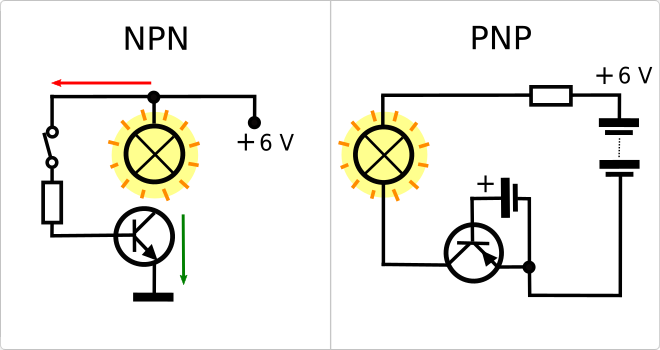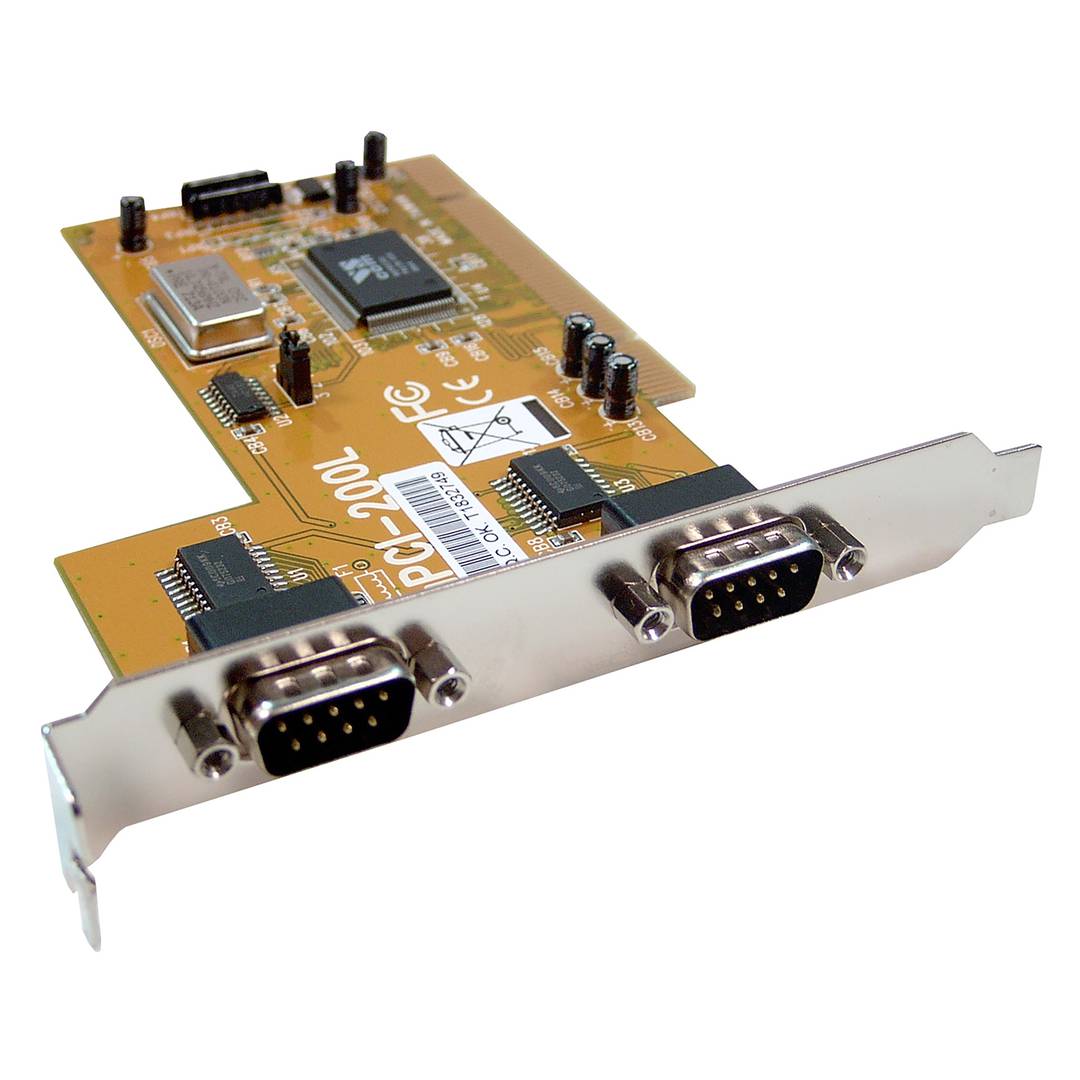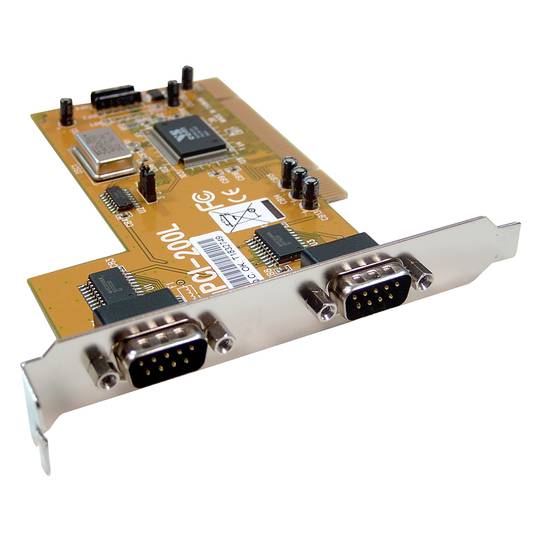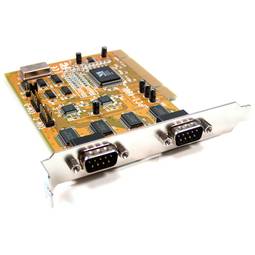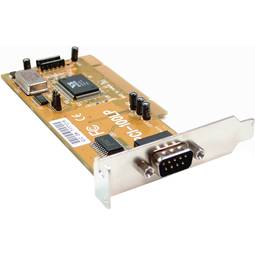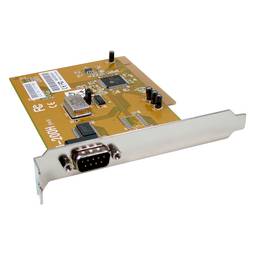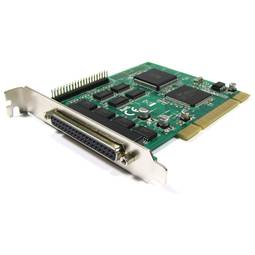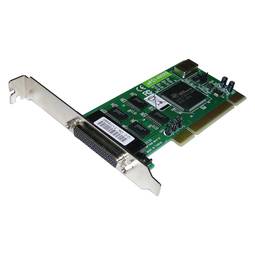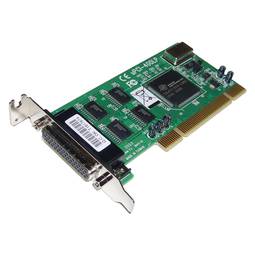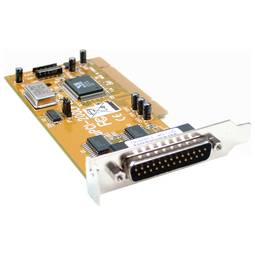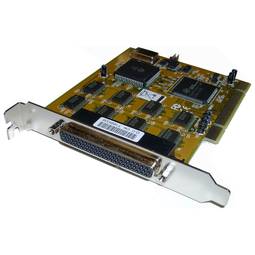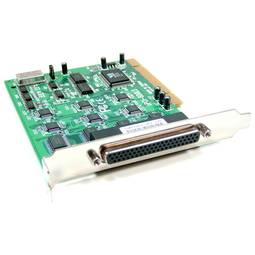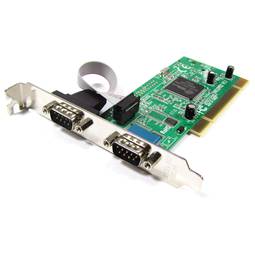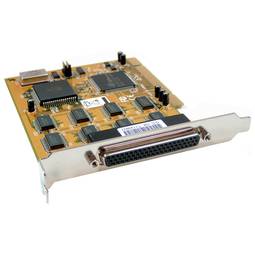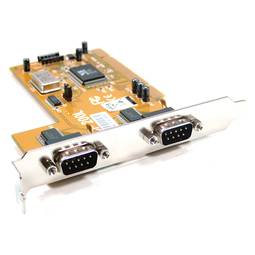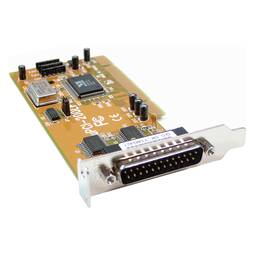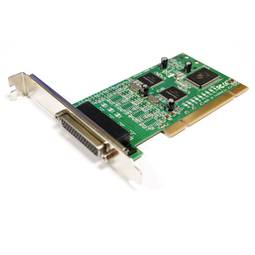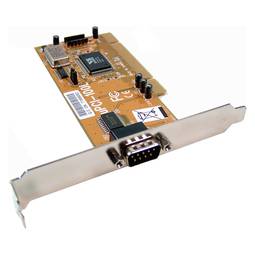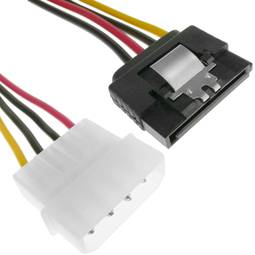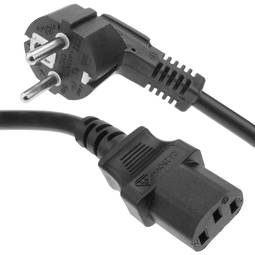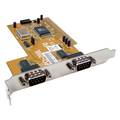02/25/2025 8:29 a.m.
http://34.77.62.133/en/products/upci-card-series-16c550-titan-2s-TS031/
http://34.77.62.133/en/products/upci-card-series-16c550-titan-2s-TS031/
UPCI card Series 16C550 Titan (2S)
REF: TS031
OUTLET
Specifications
- UPCI card that has 2 serial ports.
- Based on the UART 16C550.
- It allows to configure the transmission speed to 115.5, 230, 460 and 921 Kbps.
- PnP technology, with automatic configuration of IRQ and I/O port.
- Allows you to select the serial port from COM1 to COM7.
PVP
€10.70
€4.39
Price including VAT:
€5.40
PVD
€9.40
€3.85
PVP: Retail price.
Check conditions.
PVP: Sale price to distributors.
Check conditions.
warranty
returns
OUTLET
Specifications
- UPCI card that has 2 serial ports.
- Based on the UART 16C550.
- It allows to configure the transmission speed to 115.5, 230, 460 and 921 Kbps.
- PnP technology, with automatic configuration of IRQ and I/O port.
- Allows you to select the serial port from COM1 to COM7.
More info
UPCI card that has 2 serial ports. Based on the UART 16C550. It allows to configure the transmission speed to 115.5, 230, 460 and 921 Kbps. PnP technology, with automatic configuration of IRQ and I/O port. Allows you to select the serial port from COM1 to COM7. Sharing the same IRQ for different ports. It has 2 DB9M outputs. Compatible with the most popular operating systems (Windows, Linux, etc.) (MA-TS30). U versionCPI (Universal PCI) that supports dual voltage (3.3V/5V) which allows to be installed in any PCI slot (PCI-32, PCI-64 and PCI-X) of any voltage (3.3V/5V). Ideal for servers that use low voltage technology (3.3V).
- Gross Weight: 170 g
- Number of packages: 1
- Master-pack: 50
Technical terms
- Differences between PNP and NPN
- PCI - MiniPCI
- Communication Series
Differences between PNP and NPN
If we talk about industrial automation we will find different terms related to the design of the internal circuit and the type of transmitter. PNP and NPN are two so-called bipolar or called (BJTs) transistors. These transistors that are controlled by current allow basically the amplification of the same through the circuit. Both PNP and NPN have the same function, provide amplification of the currentAnd/or switching. The only difference between them is the way in which the current or energy is assigned to each of its connectors.
- PNP (sinking or Pointing iN Proudly) is one of the types of transistors most used in electrical circuits, this type of transistor differs in that it receives positive voltage at its emitter terminal and negative voltage at its base terminal. Positive voltage to the transmitter allowsThe current flows from the emitter to the collector, since there is negative current to the base. As the voltage goes down from the base the transistor is on and conducts through the power at the output load.
- NPN (Sourcing or Not Pointing iN) is another transistor, unlike the PNP it is faster in its switching, since it works with reference 0V, it has less immunity to the noise and a smaller fall of tenZion. This type of transistor works in a completely opposite way to PNP. The NPN transistor receives positive voltage at the collector terminal. This positive voltage allows current to flow through the collector to the emitter, as there is enough base voltage to power the transistor. As the current increases at the base, the transistor is activated more and more until it is completely driven from the collector to the emitter and encoderGo the circuit. The opposite happens when the voltage decreases from the base, until the current is so low that the transistor no longer leads through the collector to the emitter and shuts off.
